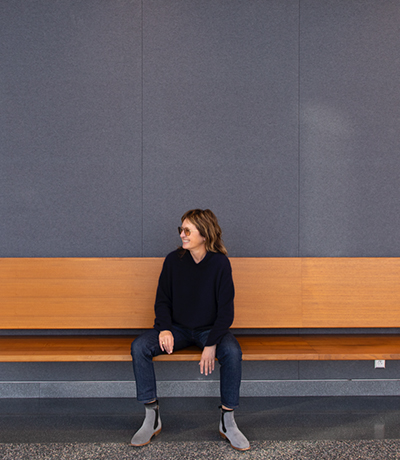About
- Chair's Message
- Department History
- Employment
- Give Now

As we move into a new era in the Visual Arts, in a world that has had upheaval and new innovations at the same time, here at UC San Diego we are both dedicated to our past and present. Through our renowned faculty and exhibitions histories and the multitude of initiatives across the spectrum of our interdisciplinary landscape, all of which we have built on. As our department grows and moves forward, our current faculty include exciting new internationally renowned artists and scholars working in a range of disciplines in the study and practice of art. It is these faculty that make our department an exciting site for learning, production and for critical thinking. Our faculty and students have the opportunity to collaborate with leading researchers in the sciences, engineering, literature, music, philosophy, ethnic studies and all the vast initiatives and resources of our institution.
The Department of Visual Arts ranks among the world’s leading art schools. Founded on the principle that the production, critical analysis and history of art are inter-related activities, we offer undergraduate and graduate programs in both art practice and art history. Our students are encouraged to collaborate with each other and to work across various disciplines to produce innovative art and research that reflects and challenges current ideas and practices. Our location in San Diego and our proximity to the U.S. border with Mexico as well as the natural resources of the Southern California region have a lasting impact on student experience. Many of our undergraduate students go on to complete graduate degrees at top international institutions. MFA students have opportunities to participate in residencies, exhibitions and events at local, national and international venues. Our PhD students regularly present papers at scholarly conferences and curate exhibitions on and off campus. We are also one of the few departments in the world to offer a PhD in Art History with a concentration in Art Practice, for working artists who engage with art historical and cultural research. Alumni of our undergraduate and graduate programs go on to impressive careers in the study and practice of visual art.
I am excited to serve our department as past Chairs have done–working with our faculty to create new initiatives, support the exciting exhibitions and programming we are known for, and innovate our curriculum among many of the activities fostered by UC San Diego.
Monique van Genderen
Professor and Chair